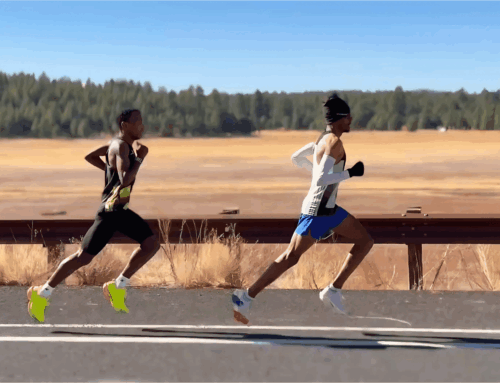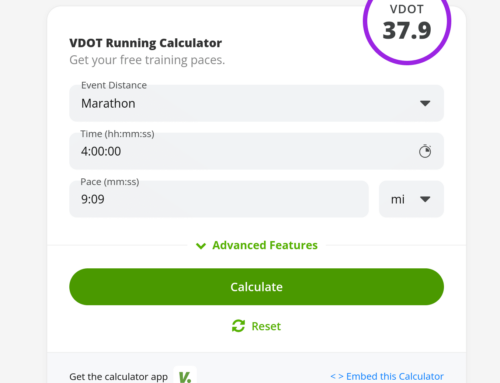Dr. Jack Daniels on the effects of training at altitude.
As you ascend to altitudes above about 1000 meters (a little over 3000 feet) you start to realize the effects of training at altitude. The amount of oxygen that is carried by the hemoglobin in the blood is reduced, resulting in less oxygen delivered to exercising muscles. In endurance sporting events that rely on the availability of large amounts of oxygen, a decrease in delivery results in below-normal performance. However, this is true only in low-speed endurance events, such as running, swimming, paddling and rowing. In high speed endurance events, such as speed skating and cycling, the lessened air resistance experienced at altitude is more beneficial than is the loss of aerobic power and performance is actually better at moderate altitude. With time spent training at altitude, the body makes some adjustments and performance at altitude will improve over a period of several weeks. But regardless of the time spent at altitude, sea-level performances in slow-speed endurance events will never be matched at altitude. In fact, if previous sea-level times are matched at altitude, this simply means that sea-level times will now reach new bests upon return to sea level.





Leave A Comment